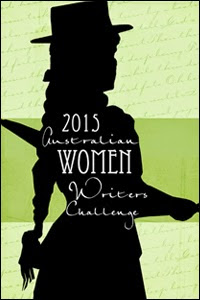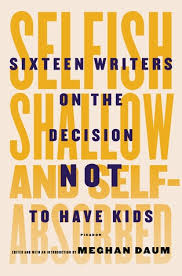 Kate Grenville is fast becoming one of my favourite authors. I know she’s probably already on a lot of people’s ‘fav author lists’, but it’s only recently that I’ve had the time to read her work. Her writing is captivating in its ability to convey a rich sense of place, depth of characters, and produce a realistic storyline.
Kate Grenville is fast becoming one of my favourite authors. I know she’s probably already on a lot of people’s ‘fav author lists’, but it’s only recently that I’ve had the time to read her work. Her writing is captivating in its ability to convey a rich sense of place, depth of characters, and produce a realistic storyline.
The Idea of Perfection is set in the small New South Wales rural town of Karakarook; a town that is slowly dying. But some of the town residents are attempting a last desperate bid at saving their town – they want to save Bent Bridge, certain that it can become a tourist drawcard, and set up a historical museum. Douglas Cheeseman is an engineer who knows all you’d ever want to know about bridges but is socially awkward, middle-aged, divorced, and not on the right side of good looking. He’s been hired to demolish the Bent Bridge and replace it with something more modern, safe and droll in appearance. Harley Savage is an expert in folk artefacts and patchwork quilts and has been asked by the Karakarook historical society to come and appraise the their town artefacts and hopefully put them on the tourist map. She’s tall, broad shouldered, abrasive in nature, and not a what you would call good looking, yet has worked her way through three husbands. Douglas and Harley have their work cut out for them and their clear objectives in work and life soon become clouded as they are drawn into the town’s slow, country life atmosphere, and each other’s company.
There are a couple of things that I really loved about this book: the characters and the small town setting. (I seem to have a growing affection for stories set in small Australian towns that can effectively convey the sense of life in those towns.) This novel is proof that a story doesn’t have to be set in the city, amongst all the buzz and action, for it to be engaging.
What I admired in particular with this novel is that both Harley Savage and Douglas Cheeseman are plain, unattractive – physically and in temperament, people. Their personalities are flawed, in fact all of the characters are flawed. Gone are the good looking, pretty people that feature in many novels. Instead these characters are real, in some ways more real that you want them to be. I rejoiced in this change of format; it was fresh and made for stimulating reading.
The other thing I enjoyed are the descriptions of not just life in a small rural town, but the descriptions of the town itself. Kate Grenville goes to great lengths to slow the pace, to draw the reader into the town and what it’s like to view it from an outsider’s perspective, through the eyes of main characters, but also what it’s like to live there, from the point of view of the locals.
Grenville has also managed to weave in a thread of humour throughout The Idea of Perfection that is subtle but so very rewarding.
There is a wonderfully amusing scene at the local store where Harley attempts to buy a bucket but the shop keeper says he’s out of stock. Harley points to the range of buckets on display in the store window but the shop keeper shakes his head – if he sells one of those then his customers won’t know the full range of colours available. A heated conversation ensues, and despite her best attempts at logic, Harley leaves the store empty handed. Meanwhile, Douglas, out looking at the Bent Bridge, decides to go for a walk, and finds himself in a paddock with a herd of cows, or is it bulls? he’s not really sure – some of them have horns, and he tries to fend off a charging bull by waving around a piece of a tree branch.
In another scene, Douglas is reminiscing about his father, Douglas Cheeseman, the first, who was a war hero. The first Douglas Cheeseman was the pilot of a plane, the Lancaster, which caught fire while flying over France. The pin was stuck in the fire extinguisher, and no one could get it out. The first Douglas Cheeseman stayed at the controls so that the crew could parachute to safety; he died a hero. While Douglas Cheeseman, the second, admires his heroic father, and lives in his shadow, he has his own private and guilt-ridden thoughts about the event.
“It was a thought that had to be suppressed every time it tried to surface: that the men in the Lancaster had not needed courage so much as someone with a bit of mechanical expertise. Someone who understood jammed pins.
An engineer, for example.”
I could go on and on about how much I enjoyed reading this book, but I won’t. You get the picture: it’s a great book, and a jolly good read. Add it to your reading list for 2016.

My copy of The Idea of Perfection by Kate Grenville (Picador 2000 edition)
ISBN: 0330362062
Awards: Winner of the 2001 Orange Prize for fiction
Author website: Kate Grenville – The Idea of Perfection
Readers Notes: http://kategrenville.com/the_idea_of_perfection_readers_notes





